
- Moving Out of Rented Property Checklist
- Create a week-by-week home moving plan
- Use a home moving binder
- Read your rental agreement
- Declutter
- Let your landlord know
- Decide how you will move home
- Send Out Change of Address Notifications
- Cancel insurance policies
- Make repairs to the property
- Review the property inventory
- Clean the property
- Pay all the bills
- Cancel direct debits
- Photograph everything
- Move-out inspection
- Finalise the paperwork and get the deposit back
- Frequently Asked Questions about Moving From a Rented Property
- How to Move Out of a Rented Property
- Money-saving Tips for Moving Home
Moving out of any property can be stressful, but when moving out of a rented place then you have to be mindful of the landlords’ rules, after all, you want to ensure you get your rental deposit back.
So to make the process as stress-free and easy as possible we have put together a checklist for you of how to move out of a rented place.
Moving Out of Rented Property Checklist
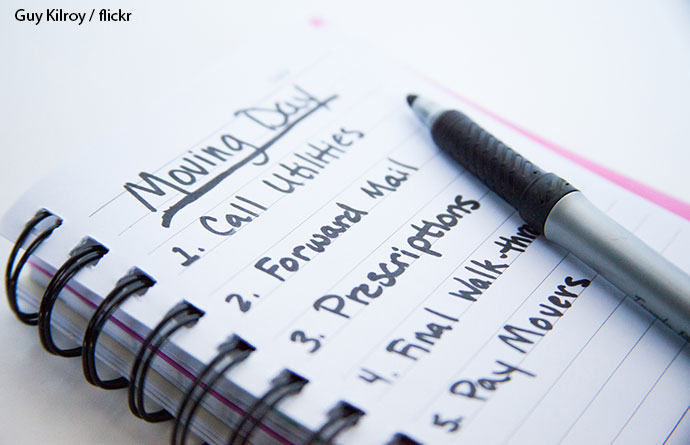
The reason for creating this checklist is so that you do not miss anything that needs to be done before moving day.
If you work through the list methodically not only will your home move be easier, but cheaper too.
What do I need to do to move out of my rental property?
Create a week-by-week home moving plan
With so much to remember to do, then it is essential to have a list of tasks and a timeline for their completion.
Download this free home moving checklist which lists all the things you need to do to ensure a stress-free home move.
Use a home moving binder
It is a good idea to create a home moving binder. This will ensure that everything relating to your home move is kept safely all in one place. The more organised you are, the easier your home move is going to be.
You may like to read: How to Create a Home Moving Binder. In this guide, we show you how to create a home moving binder and the type of information that you may want to include in it.
Read your rental agreement
There are likely rules that your landlord or letting agent has set out in your tenancy agreement relating to you leaving the property.
Be sure that you understand exactly what your obligations are before moving out and that you comply with those requirements. This will help ensure that you get your deposit back.
You will also need to be aware of what your letting agent or landlord’s obligations are to you.
Declutter
We all accumulate way too many things and the more things you have to move the harder and more expensive it will be to do so.
So start to get rid of all those things you no longer need or use as soon as you have decided to move.
You may also like to read: The Epic Guide to Decluttering for a Home Move. In this guide, we share not only invaluable tips on how to declutter your home but also how to emotionally let go of your possessions which often is one of the hardest aspects of decluttering.
Let your landlord know
Whether your tenancy agreement requires it or not, always put any communication in writing so that there can be no future misunderstandings.
Clearly state in the letter to your landlord the length of notice you are giving, and the exact day on which you will move out (this should coincide with your rent payment dates, for example, if you pay on the 10th of each month, you will move out on the 9th).
Request that the landlord be available to do a final inspection and to take back the keys.
Clearly state in the letter that you will require the tenancy deposit returned to you.
You may also like to read: How to Tell Your Landlord You Are Moving Out. In this guide, we look at the different types of rental agreements to determine how much notice you have to give to your landlord and also provide you with a template for a letter to notify your landlord that you wish to end your lease.
Decide how you will move home
If you intend to hire a removal company to help you move you will need to organise this in the home moving process as early as possible, especially during the peak summer months when the best removal firms get booked up quickly.
You may also like to read: Ways to Move Home – The Pros and Cons of Every Home Moving Option. In this guide, we look at the advantages and disadvantages of each of the home moving options you have.
Send Out Change of Address Notifications
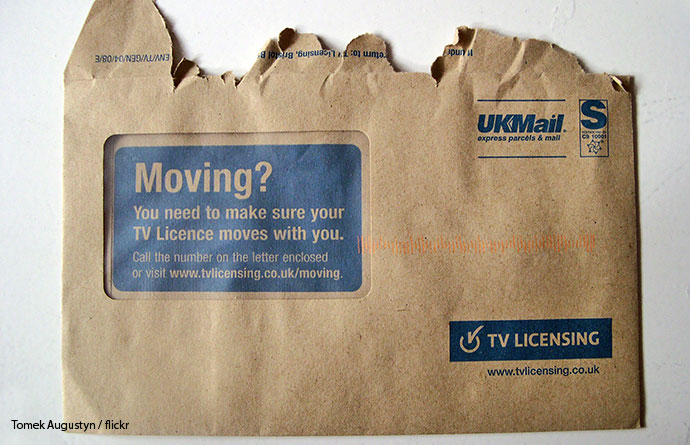
Let all the utility providers such as gas, water, electricity, telephone, TV service providers, internet providers, and the local council know what date you will be leaving the property.
Again do this via email if possible so that you have written proof of the notifications should you need it.
You may also like to read: The Ultimate Change of Address Checklist. This is a comprehensive list of all those businesses that you may need to give your new address to. It also includes contact details and web links for many of the companies listed so that you do not have to go searching for them yourself.
Cancel insurance policies
If you have contents insurance for example now is the time to get put it in writing to the company that you will be leaving the property.
You want to check that your home contents insurance covers your household goods whilst they are being moved to another property and whether you can transfer the insurance policy to your new premises.
This will avoid you having to pay any penalties that you may incur if you are ending the policy early. Check with your insurance provider to make sure you do not get penalised financially.
Make repairs to the property
You will need to make repairs to any damage that may have been done to the property during your tenancy.
At this stage you may want to remove any pictures that you have hung using new fixtures and any holes that you have created in the walls will need to be filled and painted over.
You may also like to read: Common Repairs to Do When Moving Home. In this guide, we share tips on how to make repairs such as filling nail holes in your home so that you ensure that you get your tenancy deposit back.
Review the property inventory
Check through the inventory you received when you first moved in.
You will need to replace any damaged or missing items and it will be cheaper for you to do that rather than letting the landlord find out items are missing and charging you for them.
Clean the property
In the tenancy agreement is it usual that as part of the moving out process, you have the rental home cleaned professionally.
Some private landlords may be happy for you to clean the home as long as it is left in a clean state.
Be sure you know what your obligations are so that you do not get a surprise cleaning bill after you have left.
If you do have to have the home professionally cleaned before you leave be sure to get the work that was carried out documented by the cleaning company and that you get a proper receipt.
You may also like to read: How to Do a Deep Clean When Moving Home. In this guide, we share money and time-saving tips to give your home a thorough clean before moving out. It also includes some recipes to make some eco-friendly cleaning products to make your home move even cheaper.
Pay all the bills
The only bills relating to the property that are outstanding should be your final bills.
Ensure any council tax, rent, utilities, etc are fully paid with only the final month’s bill left to pay.
It may be that you will not get your deposit back until these have been paid.
Keep all the documentation safe to prove that you have made the necessary payments.
Cancel direct debits
Do not cancel any direct debit that relates to the property until you have paid the final bill.
But do ensure that you put the cancellations in place after the final payments have been taken.
Photograph everything
Photograph utility meters, the condition of the fixtures and fittings of the property, and anything else that is covered in your tenancy agreement that you are responsible for, like keeping the grass well-cut.
Move-out inspection
For your own protection insist that the landlord does a final inspection of the property.
This may be on moving day so that you can hand over the keys, or the exact date of the end of your tenancy if you are moving out before that date.
Be sure to get the landlord to sign the moving-out inventory and keep a copy of it.
The landlord may ask for written proof that all outstanding bills have been paid so have that available.
Finalise the paperwork and get the deposit back
Agree on a date with your landlord when you will get your deposit back, and how it will be paid to you.
By law, you should get your deposit back no later than 10 days after your tenancy has ended.

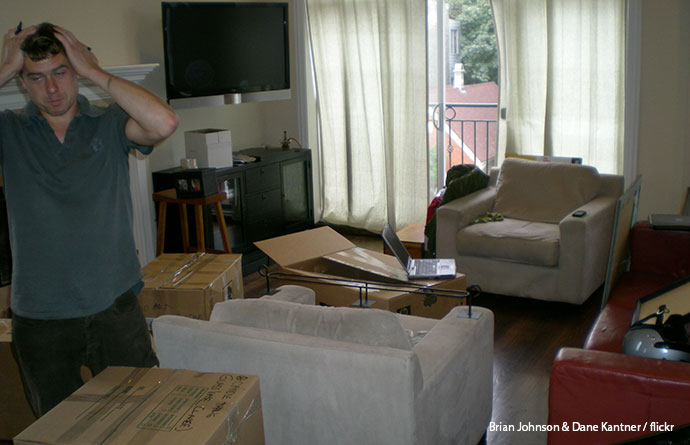
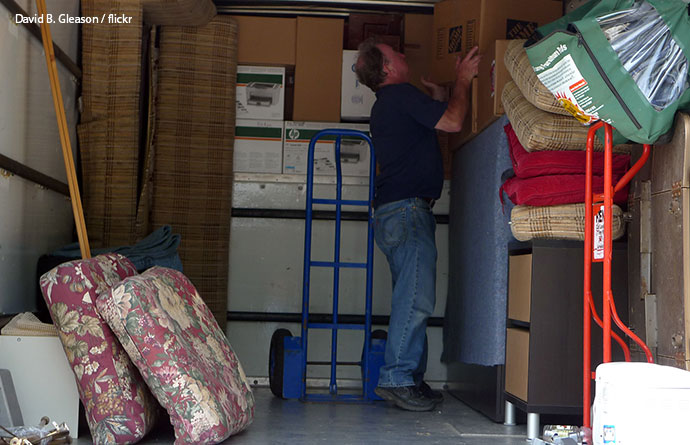
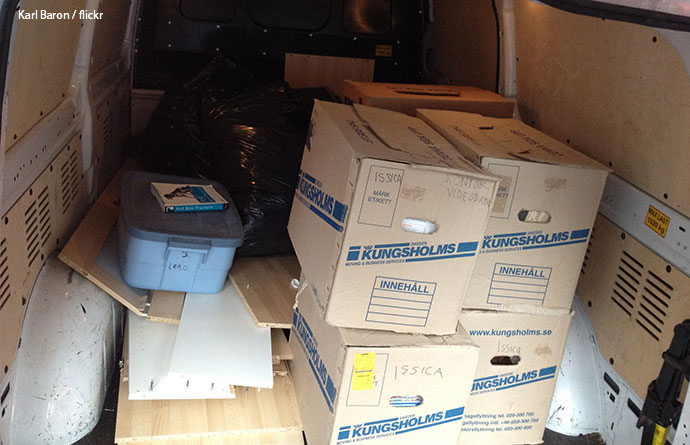



Share your thoughts by leaving a comment